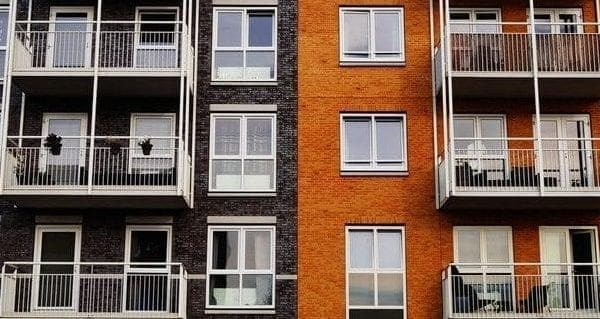 In the recent Saskatchewan budget, the government made the surprise announcement that it would slowly phase out a rental housing assistance program known as the Saskatchewan Rental Housing Supplement. Given current rental housing market realities, the government ought to have done the complete opposite and expanded the program.
In the recent Saskatchewan budget, the government made the surprise announcement that it would slowly phase out a rental housing assistance program known as the Saskatchewan Rental Housing Supplement. Given current rental housing market realities, the government ought to have done the complete opposite and expanded the program.
High vacancy rates create a desirable climate in which to provide rental assistance to tenants, which can ultimately reduce costs for other sectors of government.
More than 50,000 households in Saskatchewan experience core housing need, meaning that, by no choice of their own, they either pay more than 30 per cent of their income on shelter, live in housing requiring major repairs or live in housing with too few bedrooms.
That represents more than 13 per cent of all Saskatchewan households – and for Indigenous peoples, the rate is nearly double.
When rental vacancy rates are low – in Saskatchewan, this was the case when potash and oil prices were high – some landlords can demand more money and be selective. They can charge higher rents because jobs are plentiful and they can be picky because they have more choice who they rent to.
But rental vacancy rates are high now. Across the province, they’re nearly 10 per cent on average. In such a context, landlords are more desperate to rent their units.
In other words, it’s more effective to fund and deliver rent supplements in times of high vacancy rates because each dollar spent by government gets the tenant more for their housing dollar on the private market.
That time is now.
Yet, as of July 1, the Saskatchewan government will accept no further applications for the Saskatchewan Rental Housing Supplement.
This will make life very difficult for low-income households, especially those receiving social assistance. Social assistance in Saskatchewan provides a single, disabled adult with less than $16,000 annually on which to live (for rent, food and other necessities). That’s where the province’s rent supplement program has been helpful. Households currently qualifying for the program receive between $61 and $364 monthly, which supplements the meagre social assistance benefits they receive.
Approximately 13,000 people across Saskatchewan use this rent supplement.
To qualify, an individual must have a disability or at least one child in their care.
This is not the time to phase out the program. Rather, it’s the time to expand it. Not only can this help vulnerable people, it can also help taxpayers.
By underinvesting in housing for low-income households, health outcomes for those households can deteriorate – which becomes especially clear when people become homeless.
The most comprehensive health survey ever conducted on the homeless in Canada found that persons experiencing absolute homelessness are more than 10 times more likely than the general population to suffer from anxiety, 20 times more likely to have epilepsy and nearly 30 times more likely to have hepatitis C.
Homelessness and poor health outcomes lead to further health care costs for government. For example, it can cost $1,000 a night to keep a person in a hospital bed – vastly more than it costs in Saskatchewan to provide that same person with a rent supplement for an entire month.
The announced phase-out of this program took community stakeholders by surprise.
And how will it actually help taxpayers? It’s projected to result in short-term savings to the provincial government of $5 million annually (or 0.03 per cent of the total budget) – a meagre amount in the overall budget.
Yet, these short-term savings could well be offset and then some by costs associated with increased homelessness.
Governments need to read market signals, understand the downstream consequences of underinvestment and respond accordingly with good public policy. On that score, this budget was a major fail for housing affordability in Saskatchewan.
Nick Falvo is a research associate at the Carleton University Centre for Community Innovation. He has a PhD in public policy and is based in Calgary.
The views, opinions and positions expressed by columnists and contributors are the author’s alone. They do not inherently or expressly reflect the views, opinions and/or positions of our publication.

